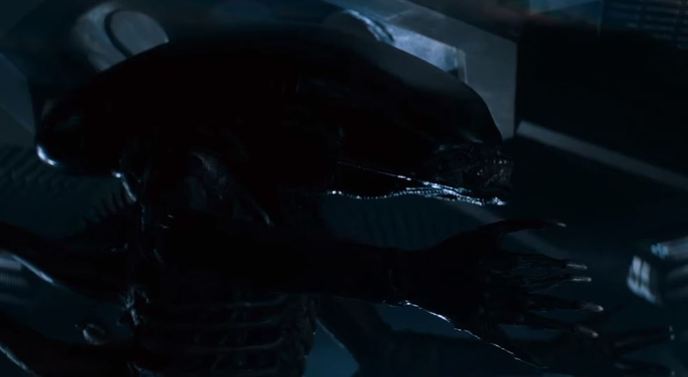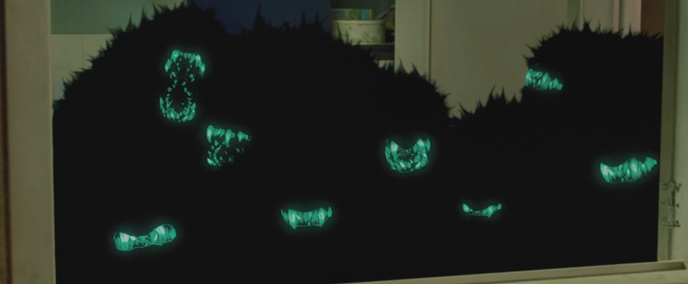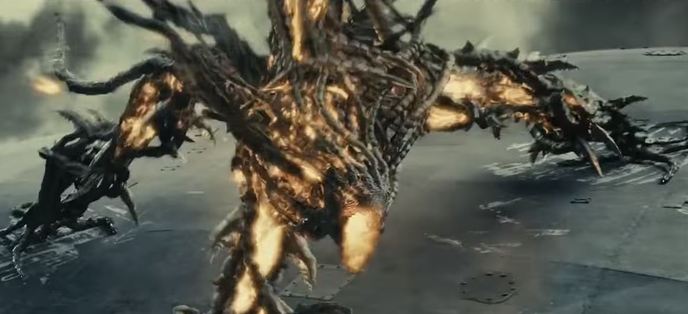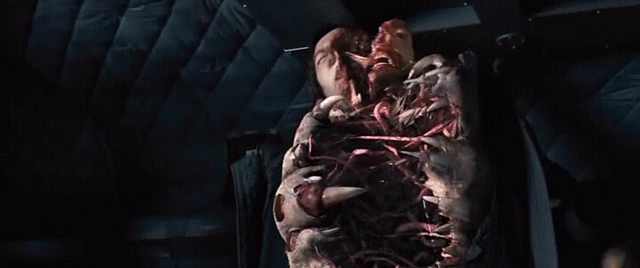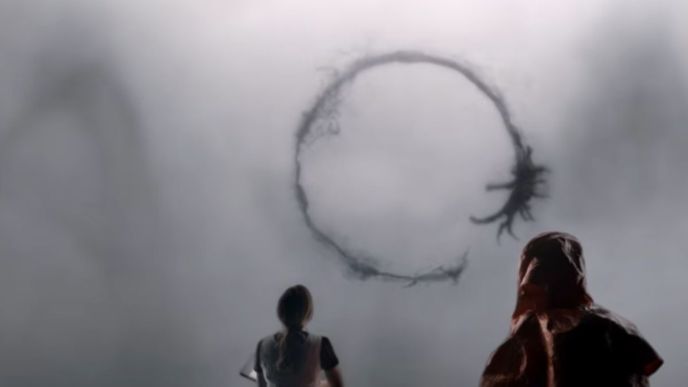5 Movie Aliens That Probably Inspired Prey‘s Monsters
Prey and the Pantheon of Sci-Fi Monsters
Games Lists Prey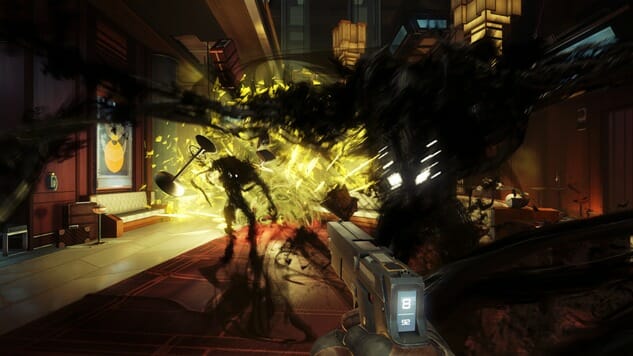
Prey’s Typhon monsters are seriously creepy. Whether it’s a run-in with a duplicitous mimic, a stalking phantom or those eerie, confounding telepaths, you’re likely to come out unnerved by the encounter. Their gooey dripping profiles and low roaring static background noises make them distinctly uncomfortable to be around. (Which is a real pain if you like using the Mind Jack or Phantom Genesis Neuromod abilities). Whether it’s in games, films or literature, for a monster to succeed at frightening an audience, it must feel otherworldly, uncanny and unknowable. Prey’s employment of this aesthetic feels inspired by some of the great monster films of the past few decades, though it ultimately creates something new and unique from the wealth of available source material. Below are a few of the films that share Prey’s sense of the grim, alien and mysterious in the design and execution of their monsters.
Alien
So much of modern sci-fi creature design draws inspiration from H.R. Giger’s ghastly creations. Preyis no exception. The tricky mimics that populate Talos I’s labs and office spaces reflect the springlike potentiality of face huggers. Walking up and examining a suspicious coffee mug’s shimmering edges might reward you with a face full of twisted black limbs, just as John Hurt’s Kane got a shocking surprise in the egg chamber back on LV-426. To be fair to Prey, one could hardly be blamed for falling for the clever antics of mimics, whereas a hundred space trucker pensions couldn’t convince me to invade the personal space of an unfolding alien egg sac.
Attack the Block
Attack the Block’s creatures are “blacker than black” according to Franz Drameh’s Dennis. They share with Giger’s Alien a lack of eyes and a threatening maw, though they are much more purposefully obscured, with a spiky profile encircling a pitch black body. This design allows them to maintain a sense of mystery even as they openly bound around the screen. They seem forever hidden in shadows even under the bright fluorescent lights of the tower block’s halls. Disrupting recognition also falls within Prey’s wheelhouse. We require light to judge the world around us and to identify what is or isn’t a threat. A creature that rejects light, and thus identification, is inherently menacing. Prey’s Typhon are built around deception—they multiply, mimic objects and teleport. Even their profiles are in constant flux: expanding in anger and shrinking into small heaps of snakelike coils in death.
Edge of Tomorrow
Edge of Tomorrow’s Mimics share not only a name with the Typhon menace, but a startlingly close physical resemblance. Instead of skin and bone they’re both composed of a swirling miasma of coiling particles. A low staticky roar is emitted from deep within both, as if a million chemical reactions are happening all at once. Like the midnight black creatures from Attack the Block, their form defies easy identification. A snapping electric cable broken free during a thunderstorm or a wildfire crackling in fits and bursts feels like a better analogy to the Typhon or Edge of Tomorrow’s Mimics than any Earth-bound flesh and blood creature.
The Thing
Prey is at its tensest during the early hours of the game where, underpowered, you creep through each level, hoping to avoid mimics and other biological landmines. The tenseness of each encounter is inevitably lessened as your character levels up and unlocks the ability to scan each room for hidden enemies. The unlucky research crew in The Thing don’t get to make it that far. Like Prey’s Typhon, the Thing is a creature which is capable of confounding our ability to distinguish friend from foe. Like Talos I, the Antarctic research station the film is set in is cramped and claustrophobic, probably the worst place you want to be trapped in alongside a dissimulating boogie-man. Worse still, is when that menace builds itself up off the corpses of allies who quickly become enemies once your back is turned. That the friendly and familiar can so swiftly transform into the strange and dangerous is at the heart of why horror works as a genre.
Arrival
When I wrote about Arrival earlier this year it was in respect to the film’s message that urged embracing the alien and the strange, despite how much it might frighten you. And Arrival’s Heptapods are truly meant to make for a frightening first contact. Their massive Lovecraftian forms disappearing into the mist confuse and bewilder the film’s characters and audience alike. We can barely discern if we’re looking at feet, heads or bodies, since the enormity of their existence is rarely shown. There is always a little more hinted at, hidden out of sight. Encountering something so inconceivably large in scope may be frightening, but for many it’s also an irresistible prospect. It infects the imaginations of Prey’s scientists just as it does for many of the characters on this list. It’s a lucky thing for Amy Adam’s Louise and the rest of her team that embracing the Heptapods did not result in similar outcomes.
Yussef Cole is a writer and visual artist from the Bronx, NY. His specialty is graphic design for television but he also deeply enjoys thinking and writing about games.
